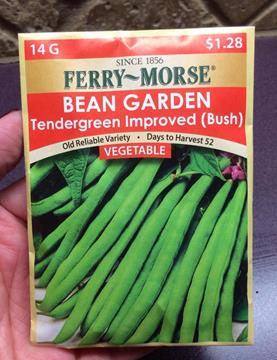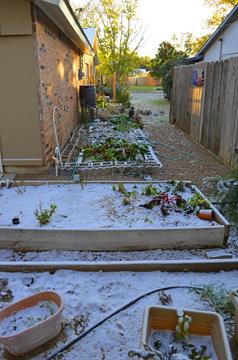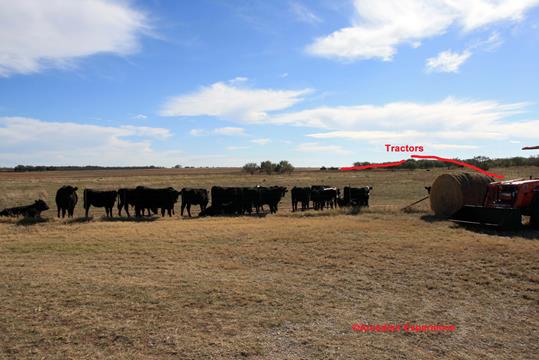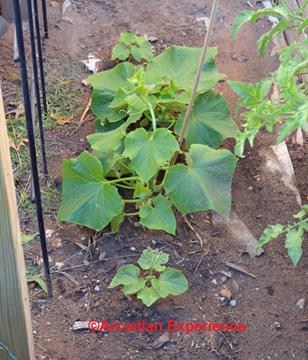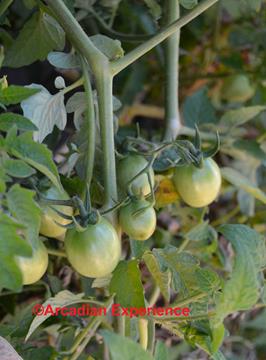Now that the leaves have dropped, I can see all the pretty winter birds that don’t migrate south for winter. I’m still learning how to use my telephoto lens and caught these woodpeckers and cardinals on a foggy day. Fog wasn’t my friend when taking these photos of the birds. Low light, fast-moving birds and low contrast makes it hard to get a good crisp shot of them. A more skilled photographer could use the fog to increase dramatic effect (plus they would probably have more sophisticated equipment with a faster shutter speed.)
There is a mating pair of cardinals that live somewhere in our alley. I try to keep my feeders full for them.

Cardinal male is on patrol. His mate is in the same tree but so very well hidden.

I saw the red bellied woodpecker again but today’s bonus sighting is this downy woodpecker.

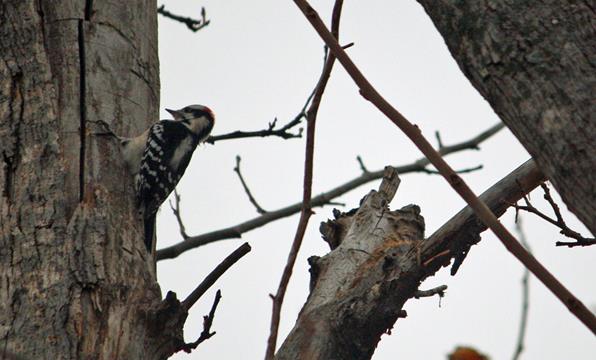
It’s possibly a hairy woodpecker but the guidebook lists the size of the bill as the only difference between these two species. In this shot it looks like a short bill.
And then there was this death-defying squirrel. he navigated all throughout the cable and rural electric infrastructure.

Then there were honking cranes circling for a landing. I could hear them long before I could see them (it was really foggy).

When the sun came out in the afternoon I tried to photograph the woodpecker again, but he’s just so darn fast. When I looked closer, I think it’s a third species—a golden fronted woodpecker. This means that the tree in our yard, that is dying a slow death, is also full of insects, which is feeding all these woodpeckers.



